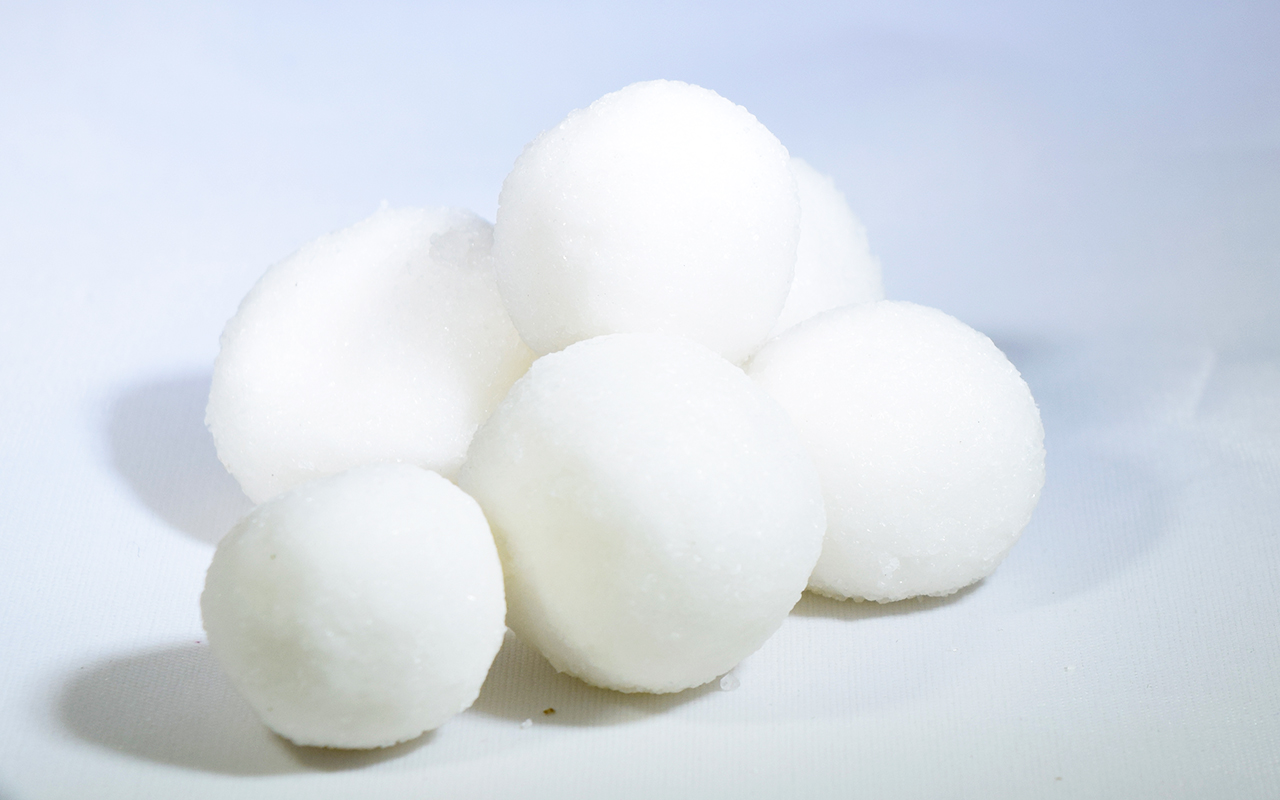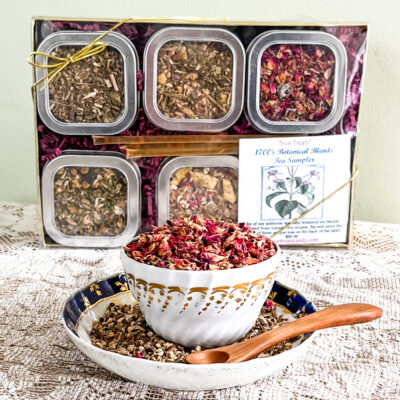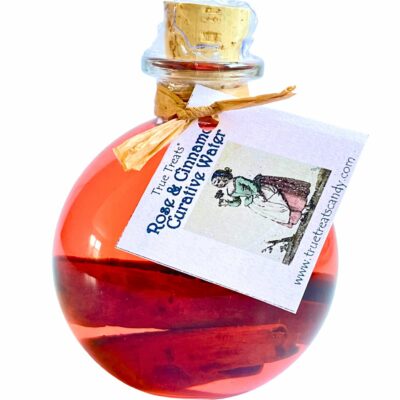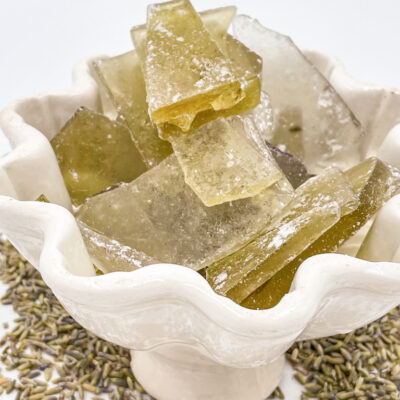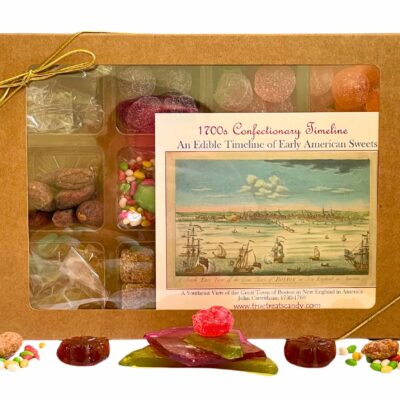Description
What is in a Name? Cream Filbert, Mothball Candy, Sugar Plums
If the term “cream filbert” doesn’t sound familiar, the alternate name might. That would be “mothball candy.” What happened is this: cream filberts became a popular candy in the 19th century and early 20th century. Then, as with so many things, the venerable candy’s popularity wanned.
Just when it seemed that the cream filbert was all but forgotten, it rose up in the mid-1900s as the ubiquitous mothball candy. Why mothball? Because they looked like those mothballs that spared expensive clothing from the ravishes of moths, although they did a scent on the clothing, homes, and individuals who used them.
Eventually, the mothball candy/cream filbert fell into anonymity, skirting the edges of those forgotten candies we now call retro. One thing is sure –popularity, riches, and fame may wan…. but we will always belong to our family. AND – in the case of the cream filbert, that family was the sugar plum.
Sugar Plums
In essence, classic sugar plums are sugar coated seeds or nuts, first made hundreds of years ago, quite possibly in the 14th century. The word “plum” went through numerous iterations from an association with money in the 18th century (someone whose mouth was stuffed with “sugar plums” was taking a bribe) to the 19th century word for “good.” Sugar Plums: Good sugars.
At the start, sugar plums were made by skilled craftsmen who apprenticed for years, absorbing the nuances of a trade that makes Julia Child look like a scullery maid in comparison. First, they coated seeds or nuts with gum Arabic, then put them in a “balancing pan,” suspended over a large, low fire, and rolled them in sugar syrup. To keep the coating even and the sugar from crystalizing, they kept the seeds and nuts in constant motion, stirring them with one hand and moving the pan with the other. To control the temperature of the heat, they controlled the intensity of the fire.
Once the candy was coated, the confectioner set it aside where it dried for a day or two, then began the process again, stirring and moving, adding layer upon layer over a period of weeks. In the last stage, sugar-coating smooth as glass, he often added a flourish of color, mulberry juice or cochineal for red, indigo stone for blue, spinach for green and saffron for yellow. These sugar-coated bits were no gob-stoppers, but eaten with great decorum, after medieval meals in fourteenth century Paris. In the early 1700s, they were given as gifts, particularly the sugar-coated almond, aka Jordan Almond, with its symbol of joyous beginnings.
Cream filberts distinguished themselves from these sugar plums because their center, while a seed or nut, was surrounded by a layer of creamy sugar, held together by a thin, crisp, layer of sugar. They weren’t as rugged as other sugar plums, such as Jordan almonds, and demanded intensive focus on how they were displayed. The American Food Journal of 1917 put it this way:
“Cream Filberts should not be displayed in open boxes or trays as they dry out very quickly, become hard and have a chalky appearance. In airtight glass jars they will keep nice and soft and the crystal remain bright almost indefinitely.
“It seems common practice with the retailer to dump a lot of …cream filberts into the show window, evidentially for the purpose of tempting someone to buy them. In a very short time, dust settles all over them, and they are dirty, unattractive, and create about as little desire to purchase, as so many mud marbles. Might as well expect a snowball to stay white in a coal mine, as to expect cream filberts to stay white if displayed openly in a show window.”
Cream filberts had another distinguishing characteristic – they were frequently made at home. In the Cook’s Dictionary” of 1830, author Richard Dolby adds quite a few iterations on the filbert theme including the “White Burnt Filbert.” This recipe AKA “receipt” calls for roasting the filbert, then dropping it into boiling sugar, removing it with a sieve, letting it dry, then dropping it into boiling sugar again. In all fairness, Dolby, a cook at the “Thatched-House Tavern” in London was writing his cookbook primarily for domestics, as were most cookbooks of the time, but applies to anyone with the means to obtain the ingredients and fuel for cooking.
Eventually, “sugar plums” came to refer to fine candies in general and candies which coated a seed, nut or other small edible with a sugar shell. Glace fruits are an example. One recipe author for the Brooklyn Eagle of 1890 referred to glace fruit as “sugar plums” with a title that reads: “HOW FINE CANDIES ARE MADE” Then: “Some Hints about the Methods of Manufacturing Sugar Plums.”
The article opens with a vaguely insulting line, reading: “Mighty few of the candies people make at home are good to eat…” However, they are far more affordable to make at home and equally as delicious. And easy? “If it was realized just how easy they are to turn out, everyone would make them on the kitchen range.” The author then explains: “All you have to do is boil a mixture of sugar and water over a good hot fire…” What follows is the same process of dipping fruit in the boiling mixture, retrieving the fruit at just the right moment, cooling the fruit, and dipping it again. Pretty much the same idea that Richard Dolby suggested 60 years earlier.
But what of the creamy sugar we find in the cream filberts of today? More than likely those appeared along with the cream candies and pulled creams of the mid-1800s. They are an interesting hybrid of traditional sugar plums with a nut at the center and the more general fine candy definition of “sugar plums.” Likely the creamy layer was dipped or brushed on the filbert but not boiled, and the crunchy sugar shell created in any number of ways. Think: Crème Brulé or low intensity baking.
Sugar Plums Today
Today the process of sugar-coating a seed, nut, or sugar crystal is dubbed “panning” and it’s a huge industry, encompassing the Jaw Breaker and Fireball (made in 1901 and the 1950s respectively), Boston Baked Beans, M&Ms, jellybeans, and Skittles. Companies produce these sweets in a “pan” that looks like a small cement mixer.
The manufacturer still lets the candy dry then returns it to the pan, adding yet another layer of sugar and so on. Like the old-time sugar plum, the average Jaw Breaker and Fireball takes about two weeks to make and has upwards of 100 layers. As for the other sugar plums i.e., fine candies in general? Many of them have slipped away – whether made at home but never recorded or too difficult for machinery to manage. Others simply didn’t sell well enough for companies to make them. Women at home? Aside from making special holiday selections, they stopped making candies at home decades ago.
No matter, cream filberts are still with us. Small in number and made by hand. Honored by those who love them with every delicious bite.


